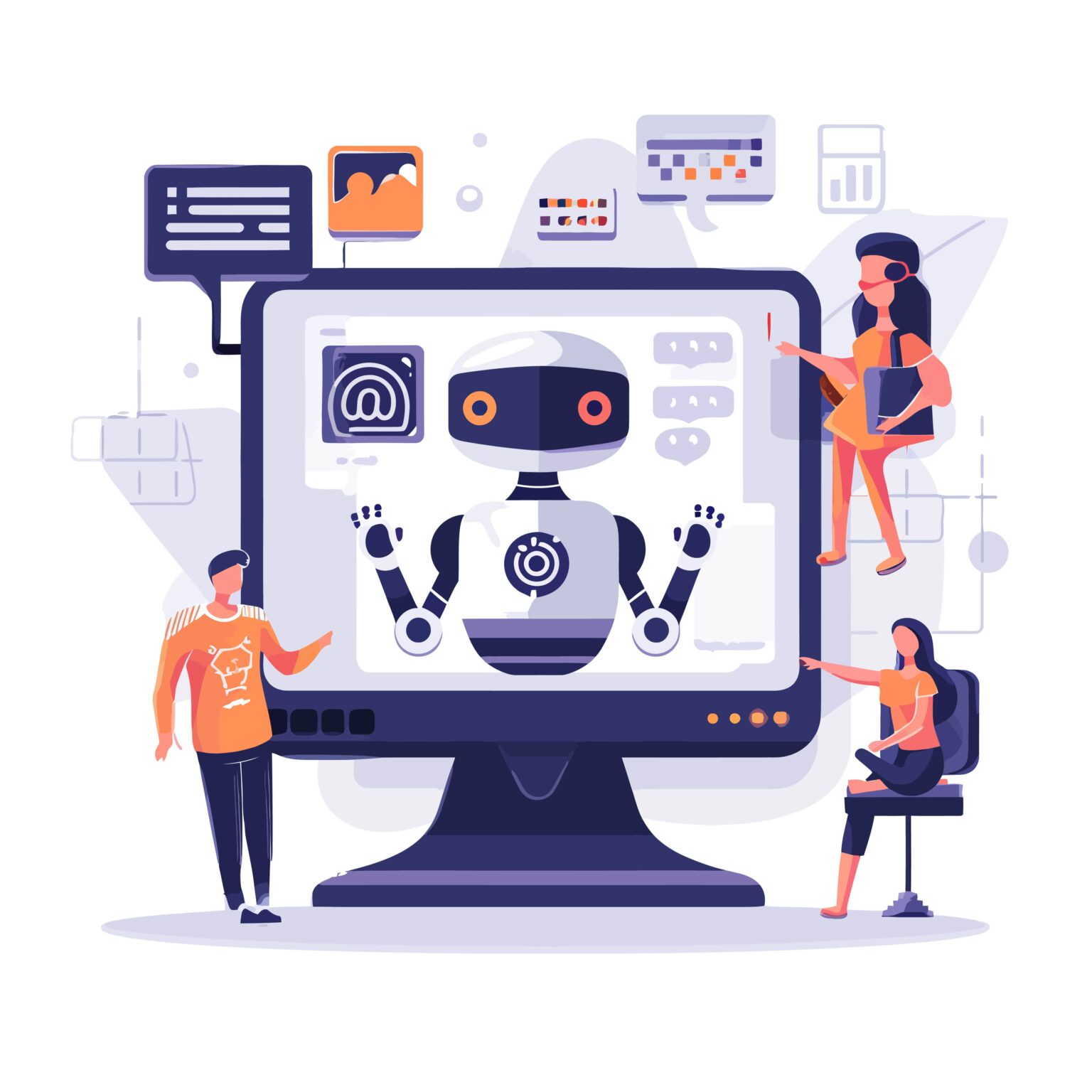CX automation plays a crucial role in balancing efficiency with personalization in customer interactions by leveraging technology to streamline processes, enhance productivity, and deliver tailored experiences at scale. Here’s how businesses can achieve this balance:
- Identify Opportunities for Automation: Identify repetitive, manual tasks and interactions in the customer journey that can be automated without sacrificing personalization. These may include routine inquiries, order processing, appointment scheduling, and basic troubleshooting. By automating these tasks, businesses can free up resources to focus on more complex and value-added interactions.
- Implement Intelligent Automation: Implement intelligent automation technologies, such as artificial intelligence (AI), machine learning (ML), and natural language processing (NLP), to automate customer interactions while maintaining a personalized touch. AI-powered chatbots, virtual assistants, and self-service portals can handle routine inquiries and transactions while delivering personalized responses based on customer preferences, history, and behavior.
- Dynamic Personalization: Leverage data-driven insights and analytics to personalize automated interactions in real-time based on customer data, preferences, and context. Use customer segmentation, behavioral analysis, and predictive modeling to tailor recommendations, offers, and responses to individual needs and interests. Dynamic personalization ensures that automated interactions feel relevant, timely, and customized to each customer.
- Hybrid Approach: Adopt a hybrid approach to customer interactions that combines automation with human intervention where necessary. Design workflows and escalation paths that seamlessly transition between automated and human-assisted interactions based on complexity, urgency, or customer preference. Strike the right balance between efficiency and personalization by leveraging automation for routine tasks and human touchpoints for more complex or sensitive issues.
- Enable Self-Service Options: Empower customers with self-service options and tools that allow them to find information, resolve issues, and complete transactions independently. Offer knowledge bases, FAQs, tutorials, and troubleshooting guides to address common inquiries and concerns. Implement self-service portals and interactive tools that enable customers to access account information, track orders, and manage preferences on their own terms.
- Contextual Understanding: Develop a deep understanding of customer context and intent to deliver relevant and personalized experiences across automated interactions. Use contextual information, such as browsing history, purchase behavior, and previous interactions, to anticipate customer needs and provide proactive assistance. Ensure that automated systems can interpret and respond to customer cues, emotions, and intent accurately to enhance personalization.
- Feedback and Iteration: Solicit feedback from customers on their experiences with automated interactions and use insights to iterate and improve over time. Monitor performance metrics, such as satisfaction scores, response times, and completion rates, to assess the effectiveness of automation and identify areas for optimization. Continuously refine and enhance automated processes based on customer feedback and evolving needs.
- Compliance and Ethics: Ensure that automated interactions comply with relevant regulations, guidelines, and ethical considerations, particularly regarding data privacy, security, and transparency. Obtain consent for data usage and communicate clearly about how customer data is collected, stored, and used in automated interactions. Maintain transparency and accountability in automated processes to build trust and confidence with customers.
By balancing efficiency with personalization in customer interactions through automation, businesses can deliver seamless, convenient, and tailored experiences that meet the evolving expectations of today’s customers. By leveraging technology strategically and empathetically, businesses can optimize CX outcomes while maximizing operational efficiency and scalability.



